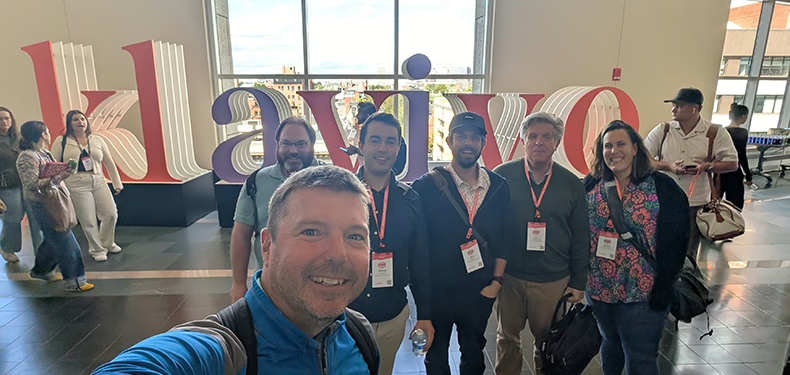After a few weeks Google announced the discontinuation the right-rail ads in AdWords search results, what else changed?
When the news first came out, many Google AdWords advertisers were preparing for the worst. Would cost per click rise? Would click-through rates drop? How would this impact low-budget campaigns? Will this change impact organic ranking?
These are all reasonable considerations. There’s usually a knee-jerk reaction from the digital community any time Google makes a sweeping update. And this time around, one third of the desktop search advertising real estate was just vanishing overnight. But, now that some time has passed, we’ve noticed this particular update may actually be in many advertisers’ best interests.
So what has happened?
Google inserted the fourth ad slot, above the organic search results, especially for “highly commercial queries.” In other words, when Google believes that the user’s intent is to make a purchase we’ll see four ads. We also know that Product Listing Ads (PLAs) will continue to occupy both the top portion of the search engine results page (SERP) as well as on the right-hand side (RHS) in similar searches.

Below-the-fold ads, those at the bottom of the SERP, typically earn higher click-through rates (CTR) than those on the RHS. And now with this update, these ads are seeing a boost in clicks. Righthand side ads accounted for about 18% of total clicks, so this percentage is now dispersed between top and bottom placements.
From 11 advertisement placements down to 7, some advertisers have asked us, will this change raise our cost-per-click (CPC)? And so far, it does not appear to be the case—at least yet. As with anything Google-related, things can (and usually do) change. If some of the lower bidding advertisers that were occupying the RHS ad space decide to take a shot at higher ad placements by writing new ad copy and raising their bids, then yes, the market will become more competitive. But these advertisers were usually bidding on the different ad space (RHS) purposefully. Cheap clicks and maybe not the most relevant traffic. High impressions, low clicks. Top placements are usually the opposite. Advertisers with the top placement generally earn the highly sought after CPC discounts. So in theory, it’s possible for them to receive even cheaper clicks after this update as CTRs increase with the higher volume of total clicks between the two areas.
Why did Google do it?
As with any Google decision, there has to be some mystery. But we do know that this interface update does create a cleaner, more cohesive user experience between desktop and mobile. This is quite important to Google as mobile continues to become more important to everyone. Data indicates that mobile search figures surpassed desktop traffic last year. And now that mobile and desktop have similar layouts, advertisers can better understand their average ad positions and strategize for success for the long term.
Will this affect organic results?
That’s another tough question. Depending on the market, the likely answer is yes. With a fourth ad space now above the organic results, more of the initial, viewable search results will be ads. Therefore, ads are more likely than ever to drive user action.

Here, we see on desktop that all four ads show, as well as PLA results. Clearly, “ski’s for sale” is a search term with buying intent. Twelve out of the 14 immediately viewable/clickable results are ads. This means organic ranking is also all the more important. As well as ad copy and a strong PPC strategy. As both areas become more competitive, the quality of the results are what will inevitably drive the lion’s share of traffic.
We’re keeping a close eye on CTR and CPC relative to ad placement. It will be interesting to see how this change affects organic traffic. Our recommendation to advertisers is to do the same. The fourth position is now competing with positions one through three. It will be seeing higher CTRs, statistically better than the side ads. We recommend trying out different bid strategies and testing which position converts best. Not all ad placements are created equal. And that’s an underlying theme here: Watch and work with the data, be willing to experiment, and listen to what the consumers’ needs are. Do this by following AdWords best practices to deliver the ideal experience for the potential consumer.
What are your observations? Have you seen staggering results since Google dropped the right-hand side ads? Or has it been relatively CPC as usual? Let us know. We’re interested in hearing about your experiences. Are looking to get a some online search advertising campaigns up and running or to improve some existing campaigns? Please reach out and give us a call at 603-924-1978 or fill out our contact form today. We would love to speak with you about your programs and help you make more out of your online advertising efforts.


